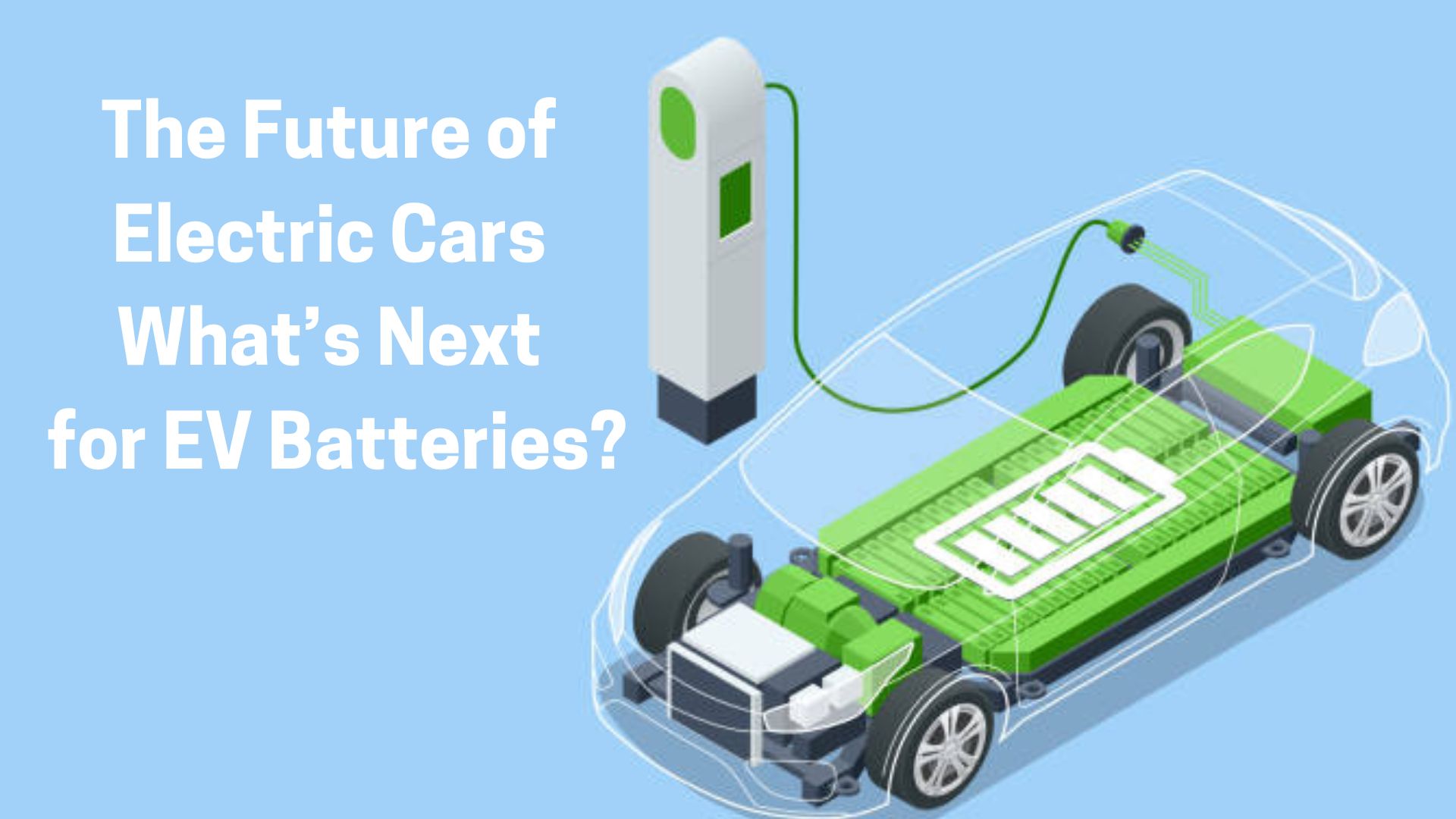Electric vehicles (EVs) are revolutionizing the automotive industry, and the next big leap forward will come from battery technology. While current lithium-ion (Li-ion) batteries have enabled mass EV adoption, they still face challenges like charging speed, range limitations, and raw material shortages. So, what’s next for EV batteries?
1. The Current State of EV Batteries
Most electric vehicles today use lithium-ion (Li-ion) batteries, which offer:
✔️ Decent range (300+ miles on premium models)
✔️ Long lifespan (8-15 years)
✔️ Improved charging speeds (DC fast charging in 20-40 minutes)
However, Li-ion batteries have drawbacks:
❌ Expensive materials (lithium, cobalt, and nickel are costly and finite)
❌ Long charging times (compared to gas refuelling)
❌ Environmental concerns (mining for materials has a high carbon footprint)
2. Next-Gen EV Battery Innovations
2.1 Solid-State Batteries – The Game Changer
💡 What is it?
- Solid-state batteries replace the liquid electrolyte in Li-ion batteries with a solid material, improving safety and energy density.
⚡ Benefits:
- 2-3x higher energy density → EVs could have 600-900 miles per charge
- Faster charging → Fully charged in 10-15 minutes
- Longer lifespan → Less degradation over time
- Lower fire risk → No liquid electrolyte means reduced overheating issues
🔬 Who’s working on it?
- Toyota plans to launch solid-state EVs by 2027-2028.
- QuantumScape, backed by Volkswagen, is targeting commercial production by 2030.
2.2 Sodium-Ion Batteries – The Affordable Alternative
💡 What is it?
- Instead of lithium, sodium-ion (Na-ion) batteries use sodium, which is more abundant and cheaper to extract.
⚡ Benefits:
- Cheaper production → No need for expensive lithium or cobalt
- Better performance in cold weather
- More sustainable → Sodium is widely available in seawater
🔬 Who’s working on it?
- CATL (China’s largest battery maker) plans to release sodium-ion batteries for EVs in 2025.
- BYD and Tesla are exploring Na-ion as a low-cost alternative for budget EVs.
2.3 Lithium-Sulfur Batteries – Lighter and More Powerful
💡 What is it?
- Lithium-sulfur (Li-S) batteries replace the heavy nickel and cobalt used in Li-ion batteries with sulfur, making them cheaper and lighter.
⚡ Benefits:
- 5x more energy density → EV range could exceed 1,000 miles per charge
- Lower production costs → Uses abundant sulfur instead of rare metals
- Lighter weight → Reduces overall vehicle weight, improving efficiency
🔬 Who’s working on it?
- Mercedes-Benz and OXIS Energy are testing Li-S technology for future EVs.
- NASA is also exploring Li-S for space applications due to its high energy capacity.
2.4 Graphene Batteries – Ultra-Fast Charging
💡 What is it?
- Graphene batteries use a single layer of carbon atoms, making them superconductive and ultra-lightweight.
⚡ Benefits:
- Fully charges in under 10 minutes
- Extends battery lifespan (less wear over time)
- Withstands high temperatures
🔬 Who’s working on it?
- Nanotech Energy and Graphene Manufacturing Group are developing graphene-based EV batteries.
- Could enter mass production by 2030.
3. Fast-charging and Wireless Charging Innovations
Even with better batteries, charging speed is crucial. Here’s what’s coming next:
⚡ Ultra-Fast Charging:
- Tesla, Porsche, and Hyundai are developing 800V and 900V battery systems that charge in 5-10 minutes.
- StoreDot (an Israeli startup) is working on “100 miles in 5 minutes” EV charging.
📡 Wireless & Road-Embedded Charging:
- Inductive charging allows EVs to charge wirelessly while parked or driving.
- Pilot projects in Germany, Sweden, and the U.S. are testing roads that charge EVs while in motion.
4. The Future: What Can We Expect?
🔹 2025-2030:
✔️ Sodium-ion batteries enter budget EVs.
✔️ Solid-state batteries begin commercial production.
✔️ Faster 10-minute charging stations become common.
🔹 2030-2040:
✔️ Mass adoption of solid-state and lithium-sulfur batteries.
✔️ 1,000+ mile EV ranges become standard.
✔️ Wireless and road-embedded charging expands to major cities.
Final Thoughts: A New Era for EVs
The next generation of EV batteries will bring faster charging, longer range, and lower costs, making electric cars more accessible and convenient than ever. With solid-state, sodium-ion, and graphene technologies on the horizon, the future of EVs is looking brighter than ever.
Would you switch to an EV if charging took only 10 minutes and gave you 800+ miles per charge? Let’s discuss it!

